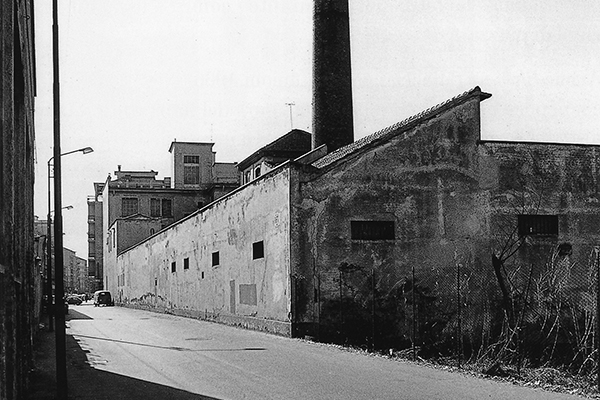Photography as ‘open work’ and social mirror
DOI:
https://doi.org/10.15168/xy.v3i6.114Abstract
In Rome, autumn 2018, MAXXI hosted a major exhibition of Paolo Pellegrin’s photos. Born in Rome in 1964 he is an Associated Magnum photojournalist since 2005. His pictures are published on Newsweek and New York Times Magazine. He is well known for his war reports and considered one of the greatest and most sensitive photojournalist of our time: he has always moved on the ground of responsibility. His collections of war or catastrophe photos have a dominant motif: the misfortune it is never clear, almost always alluded. Quite often his pictures deal with a moment before or a moment after the event, like a frame taken from a movie that asks the observer to reconstruct the story and reflect on it. They are poetic transpositions of what remains after a tsunami, or a bomb or an earthquake. Pellegrin underlines the sadness: not to describe the catastrophe, but captures the emptiness that remains after; he photographs the melancholy, induces reflection. Therefore, its position is quite different from the one who fixes with the objective the moment of misfortune and makes the pain spectacular, certainly of great impact, but it does not make you think, it does not allow you to go further. He says in an interview: “I do not think I can change anyone’s mind, and this is not the task that I feel [...] the photographs enter a social circuit, full of information and emotions, they buy in their wander even a life, they can meet people and consciences and give birth to something. A photograph is not an ideology that overturns the minds, it is a seed: if you move something, it does so slowly, growing inside those who look at it. To this I still believe, I say as a photographer but also as a reader, because no photography really exists if it does not meet a conscience that welcomes and completes it”. The photo wants to ‘stop’ the observer, is ‘an open work’ that does not provide univocal answers and leaves space for questioning.


